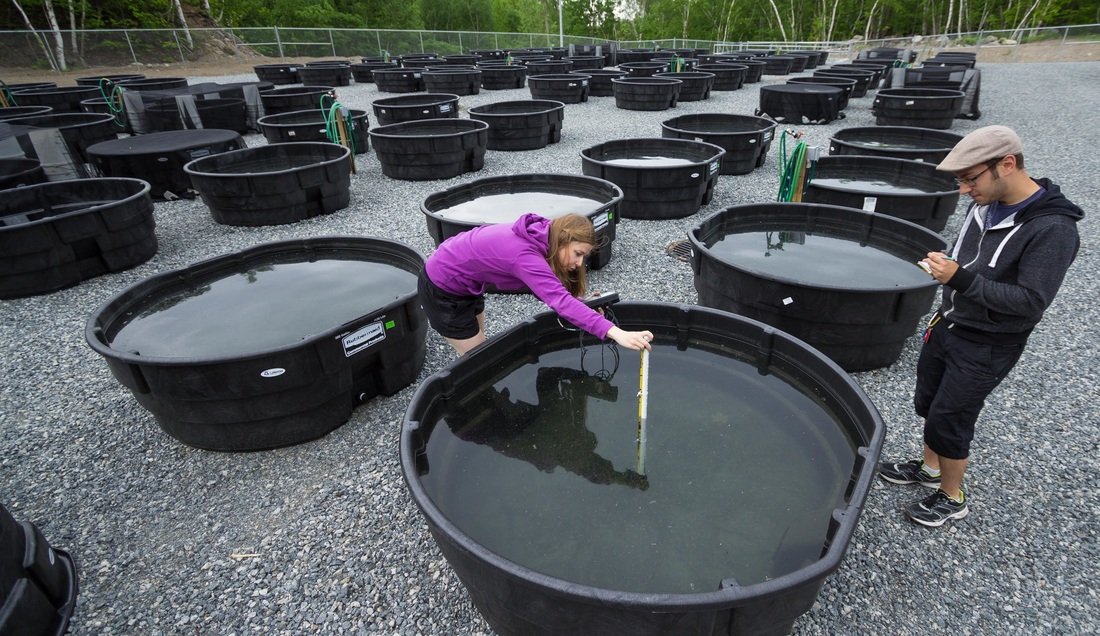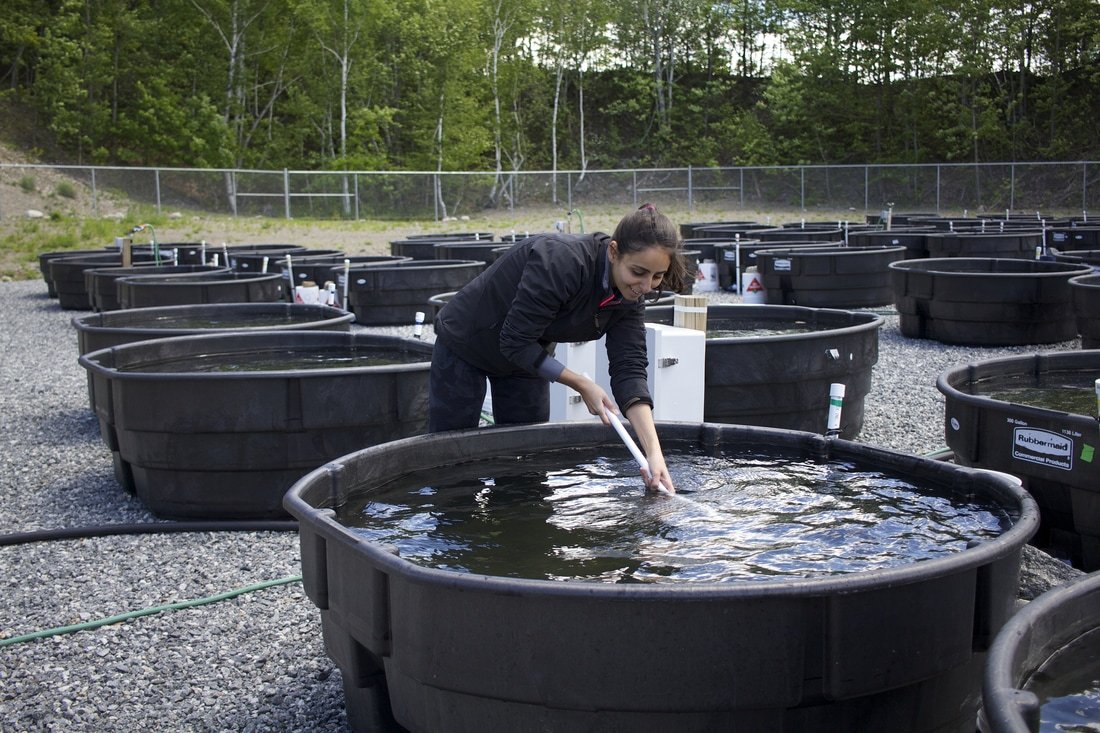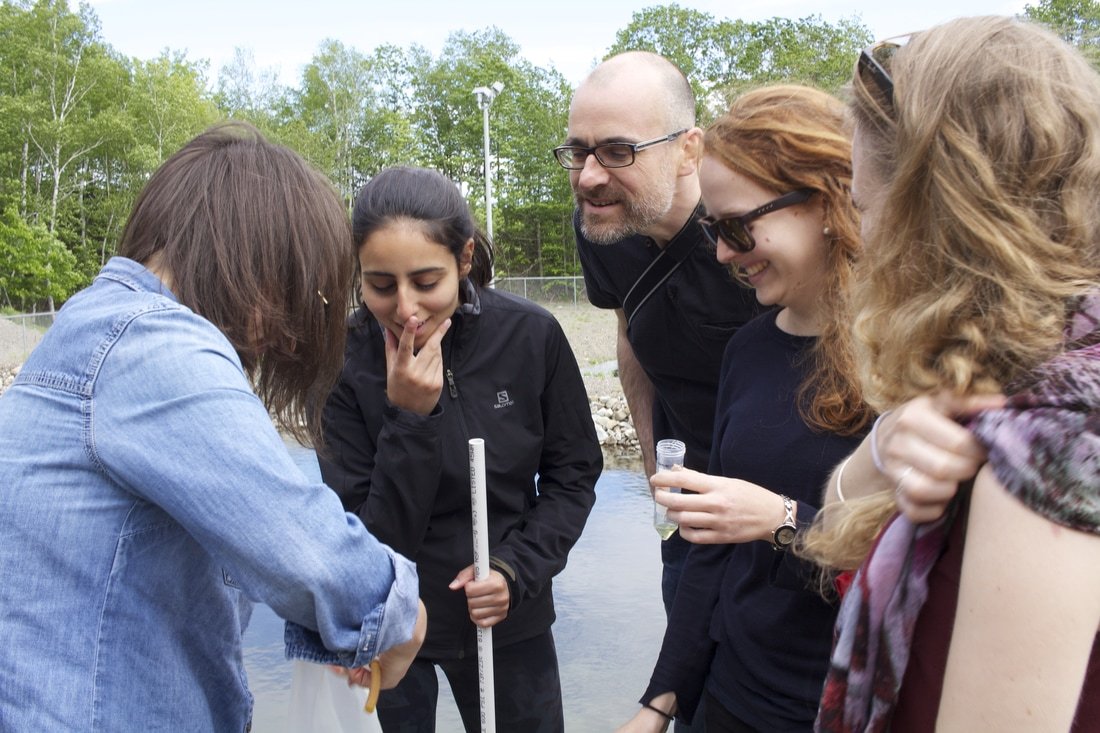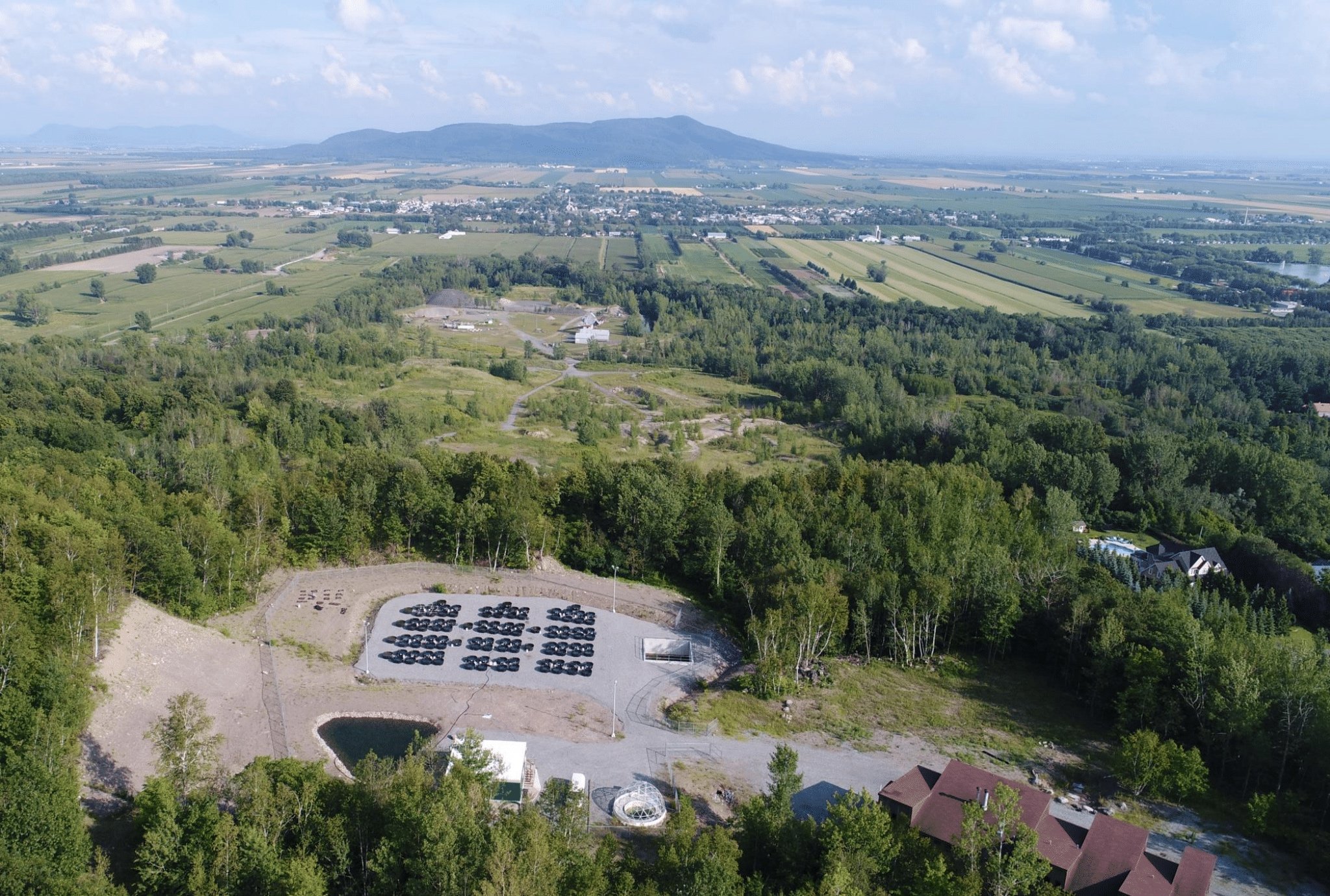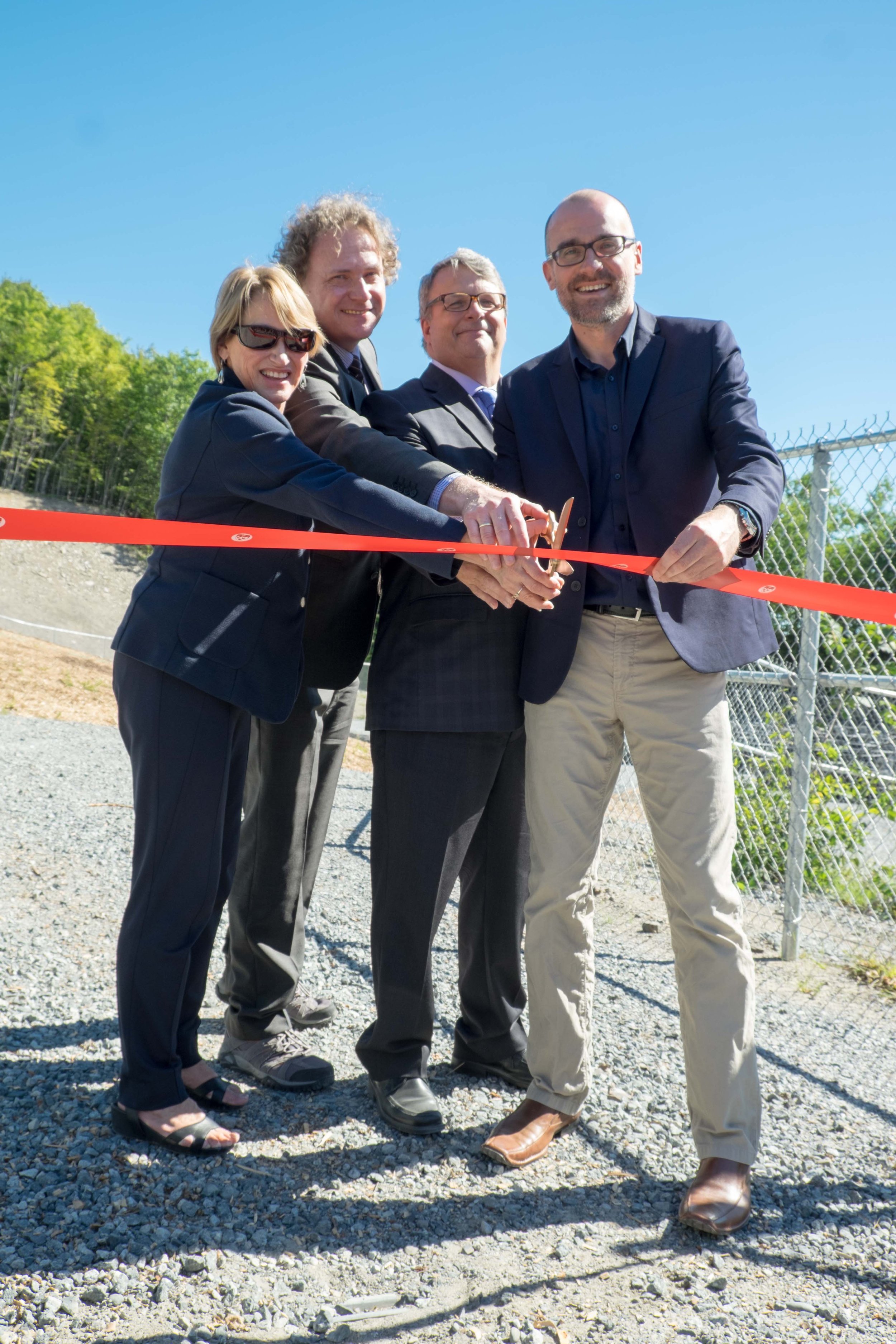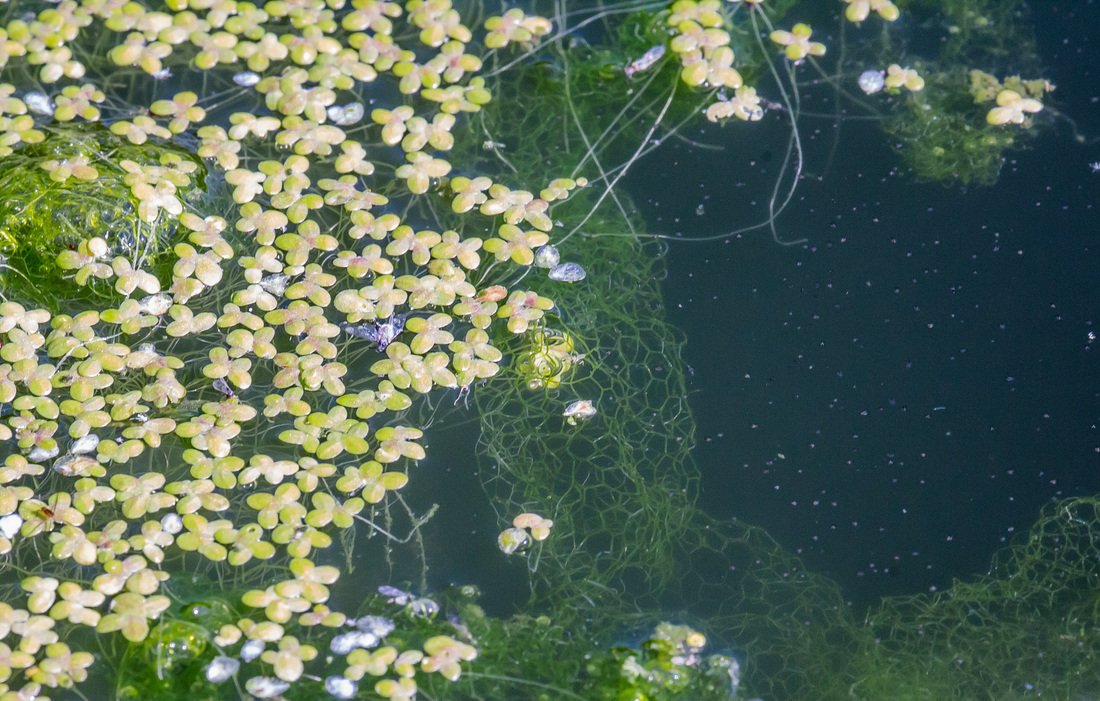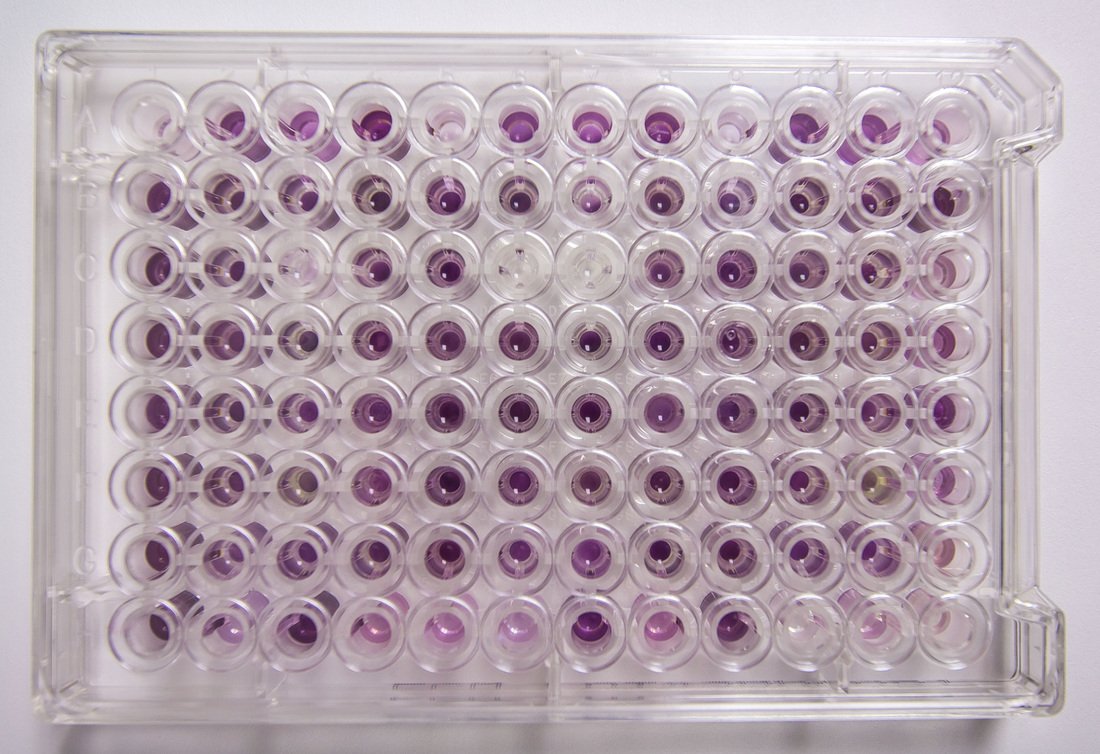the leap experiments at McGill
Tracking how communities respond to environmental change, and when evolutionary rescue helps the outcome.
LEAP applies cutting-edge approaches in experimental evolution, ecology, and metagenomics to allow us to rigorously test how communities respond to environmental change.




